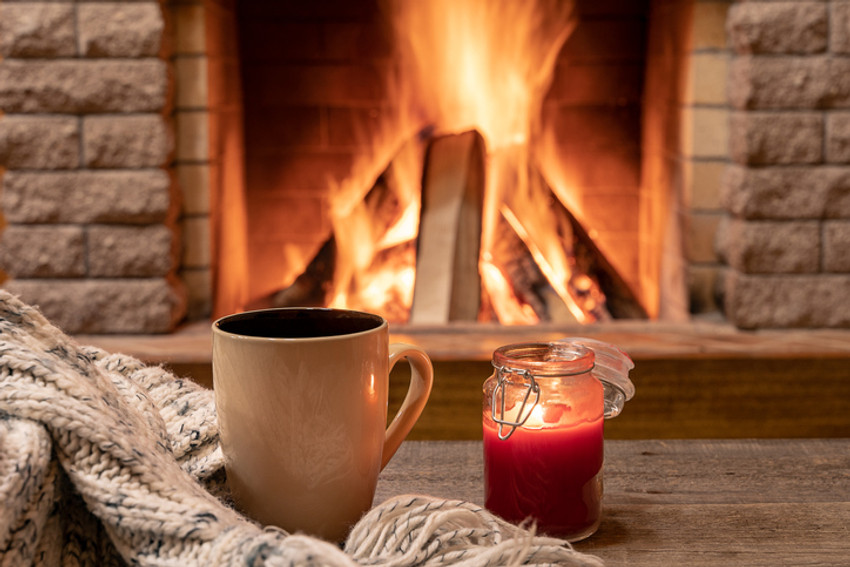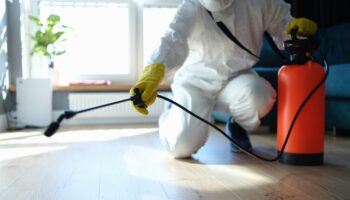Winter can be challenging for homeowners, particularly when keeping their homes warm and cozy. Not only does the cold weather make living uncomfortable, but it can also lead to higher energy bills due to increased heating costs. Fortunately, there are several ways to keep your home warmer during the winter months without breaking the bank. By implementing some of these tips, you can create a more comfortable living environment while saving money on your energy bills.
Below are some practical and effective ways to keep your home warm during the winter:
Increase insulation
Adding or upgrading insulation is one of the most effective ways to keep your home warm during winter. Insulation helps to retain heat within your home and prevent it from escaping through walls, roofs, and floors. You can add insulation to your attic, walls, and floors to increase the thermal resistance of your home. There are different types of insulation materials, such as fiberglass, cellulose, spray foam, and rigid foam, that you can choose from, depending on your budget and insulation needs.
Invest in UPVC double glazing
UPVC Double Glazing in Newark On Trent is another effective way to warm your home in winter. Double glazing involves using two panes of glass with a gap in between, which helps to reduce heat loss through windows. UPVC, or unplasticized polyvinyl chloride, is a popular material for window frames due to its durability, low maintenance, and energy efficiency.
UPVC double-glazed windows can help to reduce heat loss by up to 50%, making them an effective way to improve your home’s energy efficiency. In addition, UPVC frames are also designed to be airtight, which can help to prevent drafts and reduce heat loss even further.
Seal drafts
Drafts occur when warm air escapes your home, and cold air enters through gaps and cracks around doors, windows, and other openings. Sealing these drafts can significantly reduce heat loss, improving your home’s energy efficiency. Weatherstripping, caulking, or foam sealants can seal gaps and cracks around doors and windows. You can also add door sweeps to block drafts at the bottom of doors.
Upgrade windows
Older windows are often single-pane and are not energy-efficient. Replacing your windows with double-pane or triple-pane windows can help to reduce heat loss and improve your home’s energy efficiency. If you cannot replace your windows, add window insulating film or window coverings to help trap heat within your home.
Use curtains and blinds
Heavy curtains and blinds can help to insulate your home by trapping warm air and blocking drafts. Close curtains and blinds at night to prevent heat loss and open them during the day to allow sunlight in, which can help to warm your home naturally.
Upgrade your heating system
Upgrading your heating system can significantly improve your home’s energy efficiency and reduce heating costs. You can replace your old furnace with a newer, more efficient model or use alternative heating sources such as a heat pump or wood stove.
Use a programmable thermostat
A programmable thermostat allows you to control the temperature in your home, adjusting it based on your schedule. You can program your thermostat to lower the temperature when you are not home or asleep, reducing energy consumption and lowering heating costs.
By implementing some or all of these tips, you can keep your home warm and comfortable during winter while reducing energy bills.





